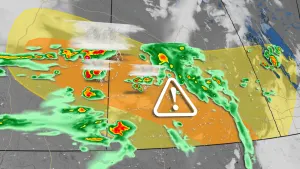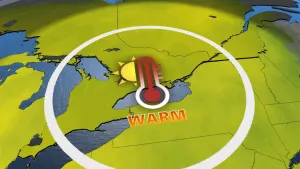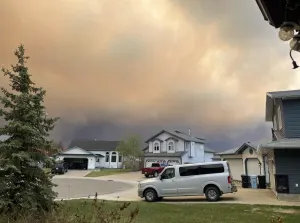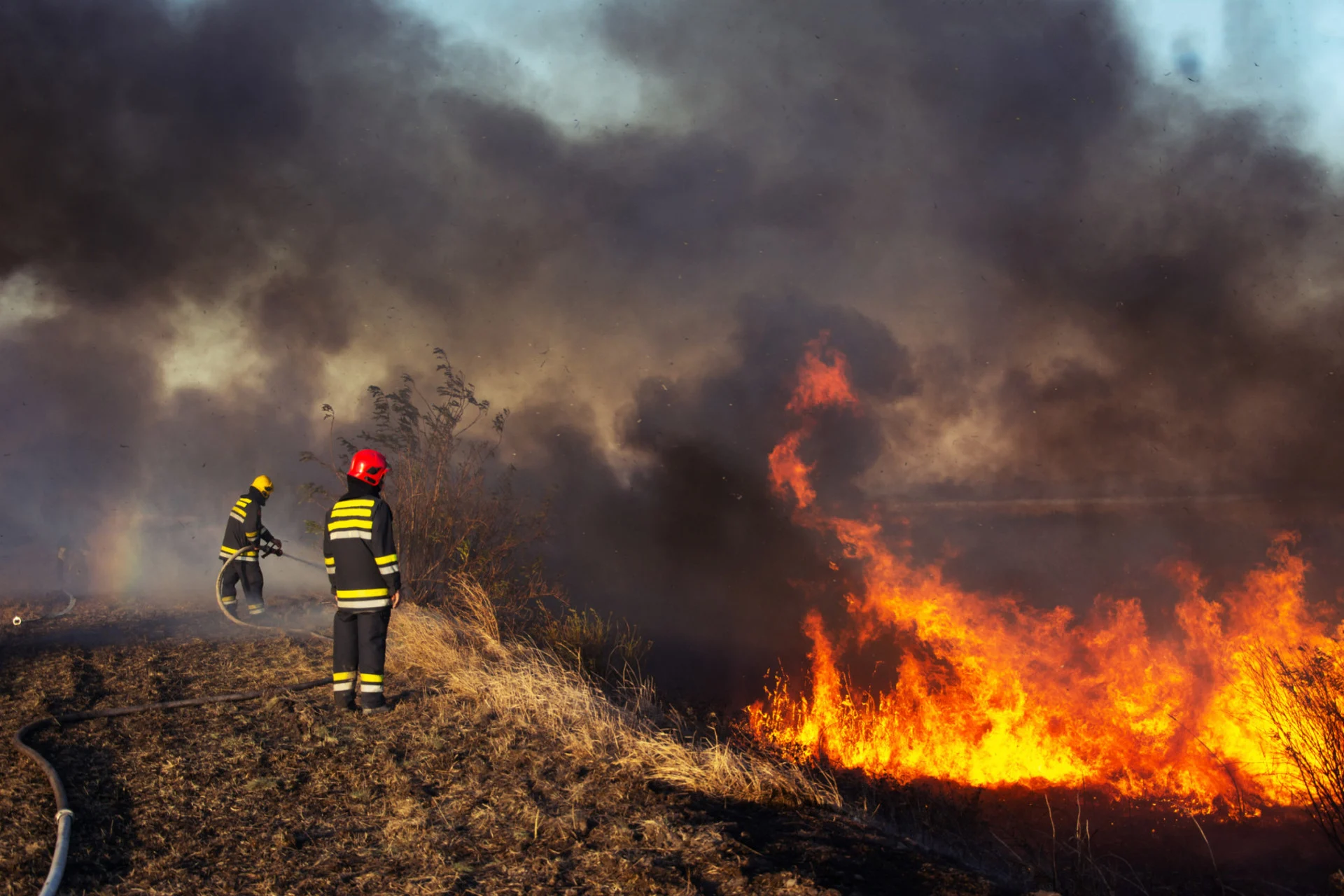
50 per cent increase in catastrophic wildfires possible by 2100, report warns
Wildfires are becoming increasingly frequent and severe across the globe and experts are calling for governments to improve their approach to managing and preventing these destructive events.
A report from the UN Environment Programme (UNEP) states that wildfires around the world are becoming more frequent and more intense due to land-use changes, increased drought, rising air temperatures, lightning, and strong winds that influence the fire season.
The report states that climate change both causes and is worsened by wildfires since carbon-rich ecosystems, like peatlands and rainforests, are easily destroyed by wildfires.
“Fire is changing because we are changing the conditions in which it occurs. Not all fires are harmful, and not all fires need to be extinguished as they serve [an] important ecological purpose. However, wildfires that burn for weeks and that may affect millions of people over thousands of square kilometres present a challenge that, right now, we are not prepared for,” the report stated.
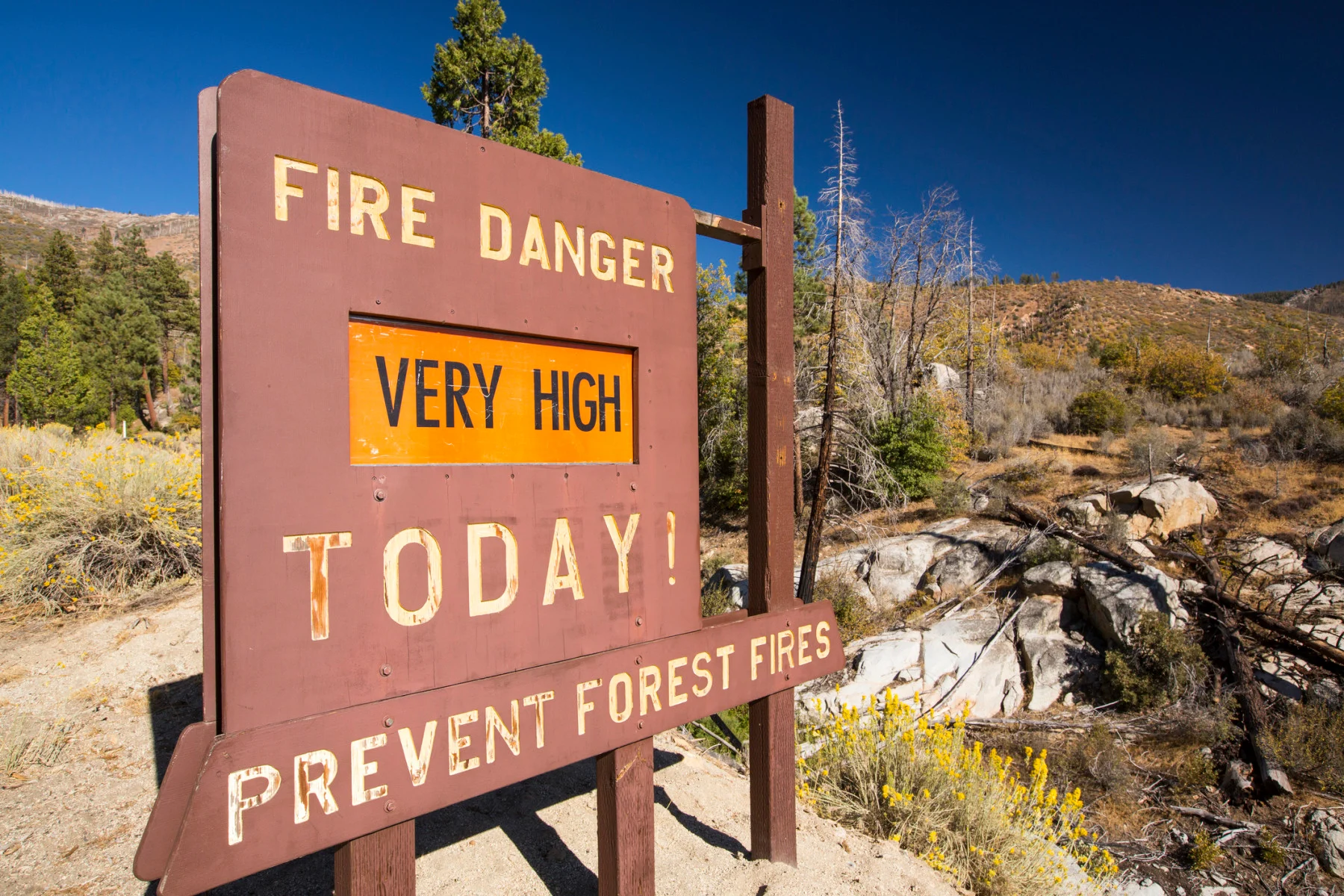
A fire danger sign next to forest that has been burnt by a fire in the Tule river area of the Sequoia National Forest, east of Porterville, California, U.S.A. (Ashley Cooper/ The Image Bank/ Getty Images)
The report notes that the influence of climate change can be detected in several Canadian catastrophes.
Canada experienced a record-breaking fire season in 2017 when 1.2 million hectares were burnt in British Columbia and scientists say that climate change increased the area burnt by a factor of 7-11. Each year, the total expenditure for national wildland fire management ranges from $500 million to $1 billion (CAD), which is an increase of approximately $120 million per decade since the 1970s.
Remote regions that were previously unaffected by wildfires, such as permafrost areas in the Arctic, will soon see an elevated risk. Global models predict that extreme fires will increase up to 14 per cent by 2030, 30 per cent by 2050, and 50 per cent by 2100.
In the modelled scenario with the most aggressive efforts to reduce greenhouse gas emissions, the likelihood of catastrophic wildfire events could increase by 31-57 per cent by 2100, with the fires having a similar severity to events such as Australia’s Black Summer (2019-2020).
The report states that the world’s poorest nations are disproportionately affected by wildfires, which can have lingering impacts months or years after the flames are extinguished. Health impacts from inhaling smoke, soil erosion, degraded watersheds, and damaged property that is either contaminated or irreparable all deepen social inequalities.
The report provides recommendations for governments and emphasizes that funds should be shifted from reacting to wildfires and instead to preparedness and prevention.
A ‘Fire Ready Formula’ is recommended and involves devoting two-thirds of funds to planning, prevention, preparedness, and recovery, and designating one third for response efforts. Currently, planning receives less than one per cent of the available spending. Improved prevention includes increased collaboration between data, science-based monitoring systems, and Indigenous knowledge.
“Current government responses to wildfires are often putting money in the wrong place. Those emergency service workers and firefighters on the frontlines who are risking their lives to fight forest wildfires need to be supported,” Inger Andersen, UNEP Executive Director, stated in the report’s press release.
“We have to minimize the risk of extreme wildfires by being better prepared: invest more in fire risk reduction, work with local communities, and strengthen global commitment to fight climate change.”
Thumbnail credit: zorandimzr/ iStock/ Getty Images Plus









